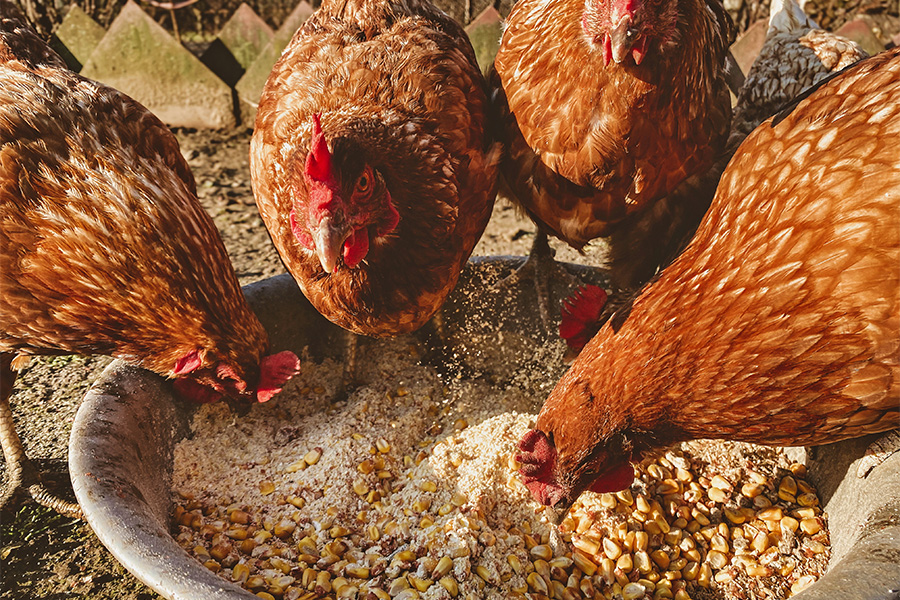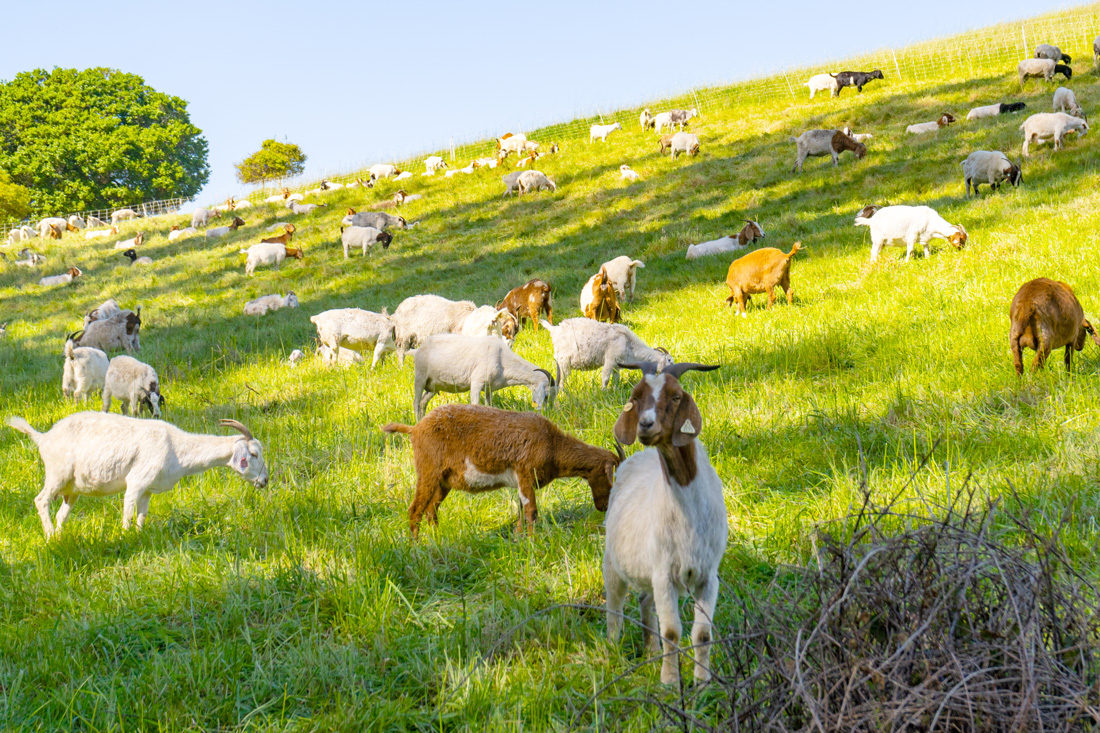Goats
-

As a result of significant weather events, many producers in Georgia may experience losses of pasture growth, hay stocks, feed supplies, and livestock. After such events occur, farmers will be assessing damage to fields, stock, and property for many days, weeks, months. This publication is intended to provide recommendations to farmers that have experienced adverse affects due to significant weather in their forage and livestock production systems.
Jennifer J. Tucker, Dennis Hancock, and Lawton Stewart
|
-

This bulletin is an educational reference for those who are interested in animal feeding and nutrition. It defines common terms used when discussing or reading about animal feeding and nutrition.
Uttam K. Saha and Lawton Stewart
|
-

Goats are the most widely-dispersed meat animals and have been raised for centuries to provide meat, milk, fiber, cashmere and leather. Due to their small size, adaptability to harsh environments and availability, they have been more popular in nations lacking refrigeration, animal management skills and modern transportation. This publication deals solely with Spanish or meat-type goats in Georgia and covers their history, selection and management—from predator and disease control to reproduction and marketing.
Ronald E. Silcox
|
-

Prevalence of mastitis in dairy goats ranges between 5% and 30%, with Staphylococcus spp., otherwise known as the coagulase-negative staphylococci, identified as the most frequent cause of infection. These staphylococci produce persistent subclinical mastitis with markedly elevated somatic cell counts (SCC), which may lead to clinical symptoms.
Prevention is the key to controlling staphylococcal mastitis in dairy goats, as once this disease becomes established, chronic inflammation of mammary tissues and elevated SCC will follow, resulting in reduced milk yield and quality. This publication discusses proper husbandry practices and sanitation methods that can be implemented by producers. The results of two vaccine trials as a potential means to control mastitis in ruminants are also presented and discussed.
Vaccination should only be included as part of the whole herd approach to mastitis control. Any vaccination program must be carried out in conjunction with other proper management practices.
Lane O. Ely, Steve Nickerson, and Felicia Kautz
|